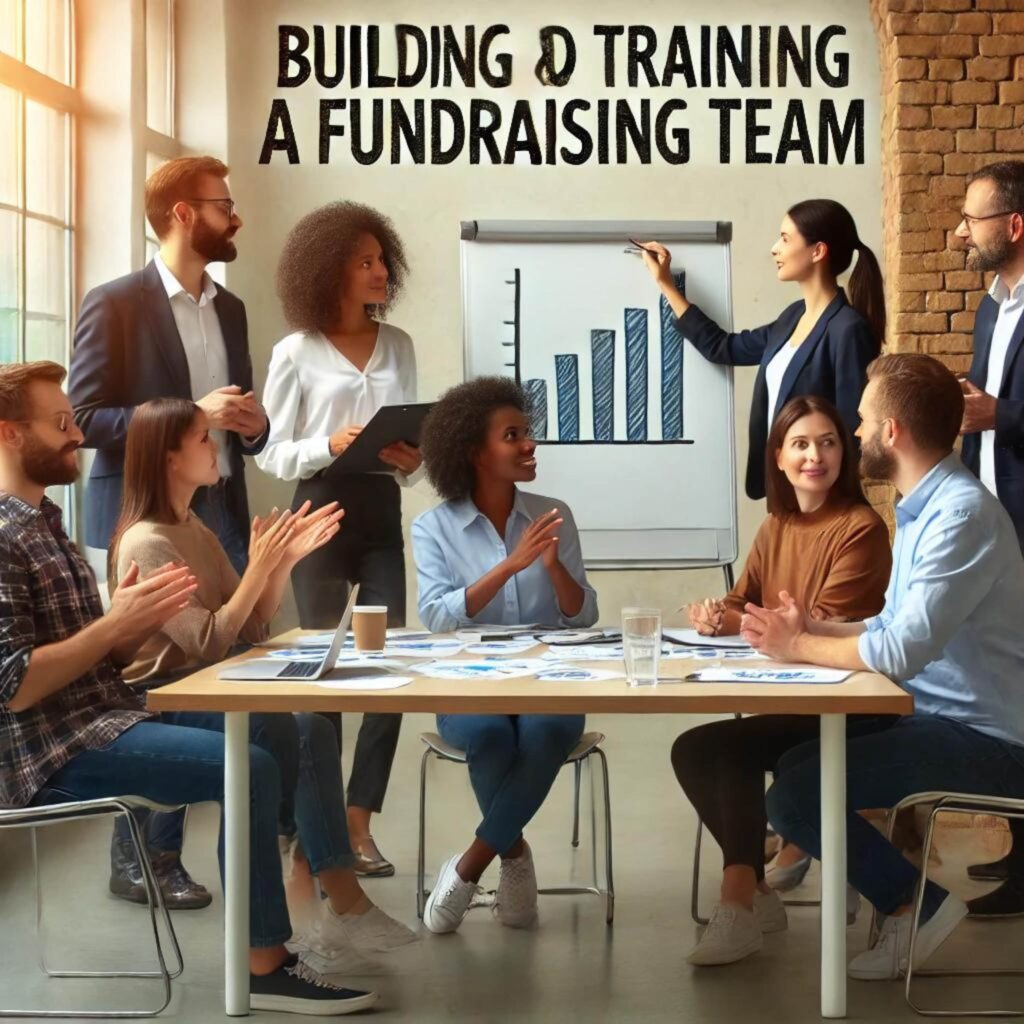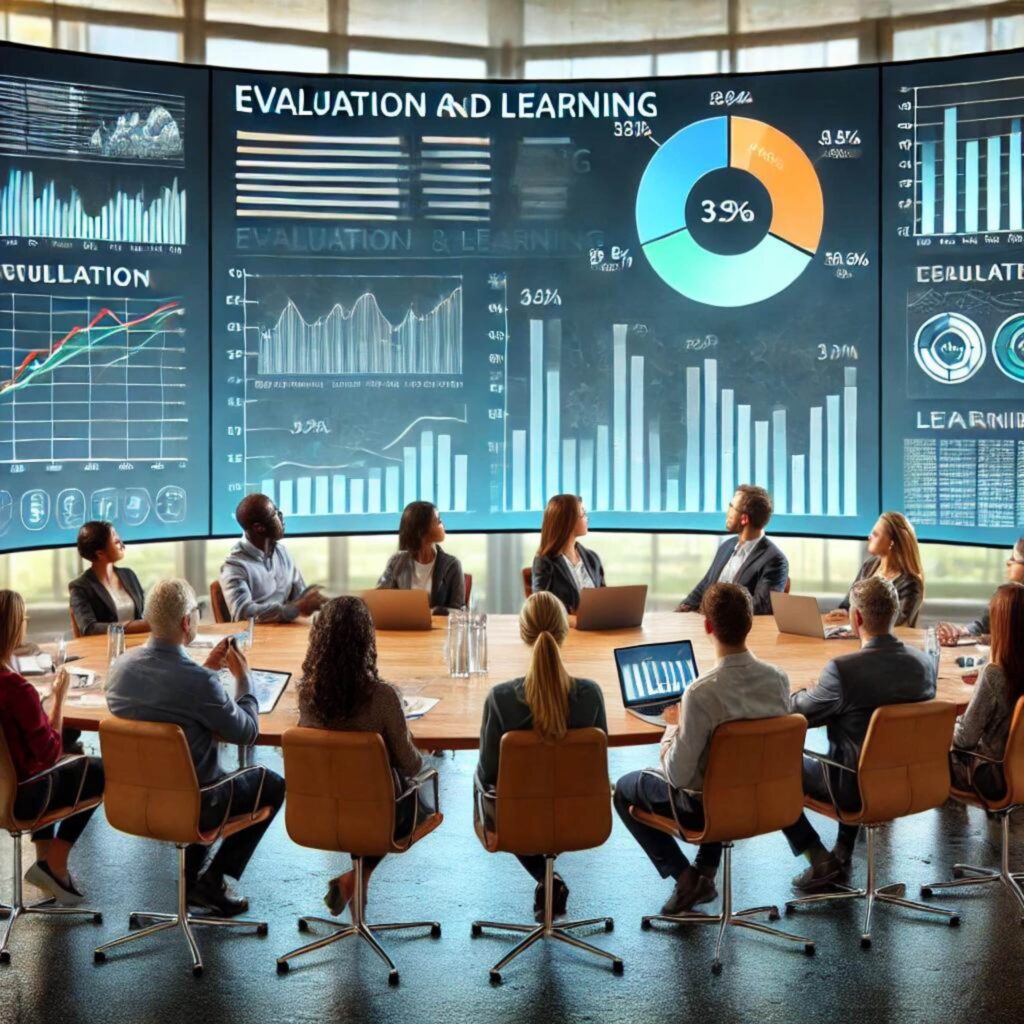By Fred W. Layman III – Fundraising is a critical component of any organization, whether you’re a nonprofit, a startup, or a community group. It involves much more than simply asking for donations or investments; it’s about building relationships, telling your story, and strategically managing resources to reach your goals. This article will guide you through the essential steps to effectively manage the fundraising work and process.
1. Set Clear and Achievable Goals
The first step in managing the fundraising process is to establish clear, measurable, and achievable goals. These goals should align with your organization’s mission and strategic plan. Consider what you need to raise, by when, and for what purpose. Whether it’s a specific amount of money for a project or ongoing operational costs, having a clear target will help you focus your efforts and measure success.
Actionable Tips:
- Break down your fundraising goal into smaller, manageable targets.
- Set deadlines for each phase of the campaign.
- Use SMART criteria (Specific, Measurable, Achievable, Relevant, Time-bound) to refine your goals.

2. Develop a Fundraising Plan
Once your goals are set, the next step is to develop a comprehensive fundraising plan. This plan should outline the strategies, tools, and resources you’ll use to reach your goals. It should also include a timeline, a budget, and a list of potential donors or investors.
Key Components of a Fundraising Plan:
- Donor Research: Identify potential donors who align with your cause. Segment them based on factors like past giving, capacity to give, and engagement level.
- Tactics and Channels: Decide on the methods you’ll use to raise funds, such as events, direct mail, online campaigns, or grant applications.
- Resource Allocation: Determine the budget for your fundraising activities, including staff time, marketing materials, and event costs.
- Timeline: Establish a timeline with specific milestones and deadlines.

3. Build and Train Your Fundraising Team
Successful fundraising requires a dedicated team. Whether it’s a small group of volunteers or a professional fundraising staff, everyone involved should understand their roles and responsibilities. Training is essential to ensure that your team is equipped with the skills and knowledge needed to execute the fundraising plan.
Team Management Strategies:
- Assign Roles: Clearly define the roles and responsibilities of each team member, including those in charge of donor relations, event planning, and marketing.
- Provide Training: Offer regular training sessions on best practices in fundraising, donor communication, and the use of fundraising software.
- Foster Collaboration: Encourage teamwork and communication among team members to ensure everyone is working towards the same goals.

4. Implement and Monitor Your Fundraising Activities
With your plan in place and your team prepared, it’s time to implement your fundraising activities. As you do so, it’s important to monitor progress and adjust your strategies as needed.
Monitoring and Evaluation Techniques:
- Track Performance: Use fundraising software or CRM tools to track donations, donor engagement, and overall progress toward your goals.
- Regular Check-ins: Schedule regular meetings with your team to review progress, address challenges, and celebrate successes.
- Adjust Strategies: Be flexible and willing to adjust your strategies if something isn’t working as expected. For example, if an online campaign isn’t generating the desired results, you might need to tweak your messaging or target a different audience.

5. Maintain Strong Donor Relationships
Fundraising is about building long-term relationships with donors, not just securing one-time gifts. Maintaining strong relationships with your donors is crucial for ongoing success.
Donor Relationship Management Tips:
- Personalize Communication: Tailor your communication to each donor, acknowledging their past contributions and showing them the impact of their support.
- Show Appreciation: Regularly thank your donors through personalized notes, phone calls, or recognition in your organization’s publications.
- Engage Donors: Keep your donors engaged by inviting them to events, providing updates on your work, and involving them in your organization’s mission.

6. Evaluate and Learn
After your fundraising campaign concludes, take the time to evaluate its success. This involves analyzing what worked well, what didn’t, and what you can improve in the future.
Evaluation Steps:
- Conduct a Post-Campaign Review: Gather your team to review the campaign’s outcomes, comparing them to the initial goals and objectives.
- Collect Feedback: Seek feedback from donors, volunteers, and team members to gain insights into their experiences.
- Document Lessons Learned: Document the lessons learned and best practices to inform future fundraising efforts.

Conclusion
Managing the fundraising process is a complex but rewarding task that requires careful planning, execution, and evaluation. By setting clear goals, developing a detailed plan, building a strong team, and maintaining good relationships with donors, you can effectively raise the funds needed to support your organization’s mission. Remember, successful fundraising is not just about reaching a financial target; it’s about creating lasting relationships that will sustain your organization for years to come.
Fred W. Layman III wrote this article to provide valuable insights and practical strategies for anyone involved in fundraising. Readers should explore this article to gain a deeper understanding of the essential steps in managing fundraising efforts, from setting clear goals to building strong donor relationships, all aimed at ensuring successful outcomes for their organizations.

